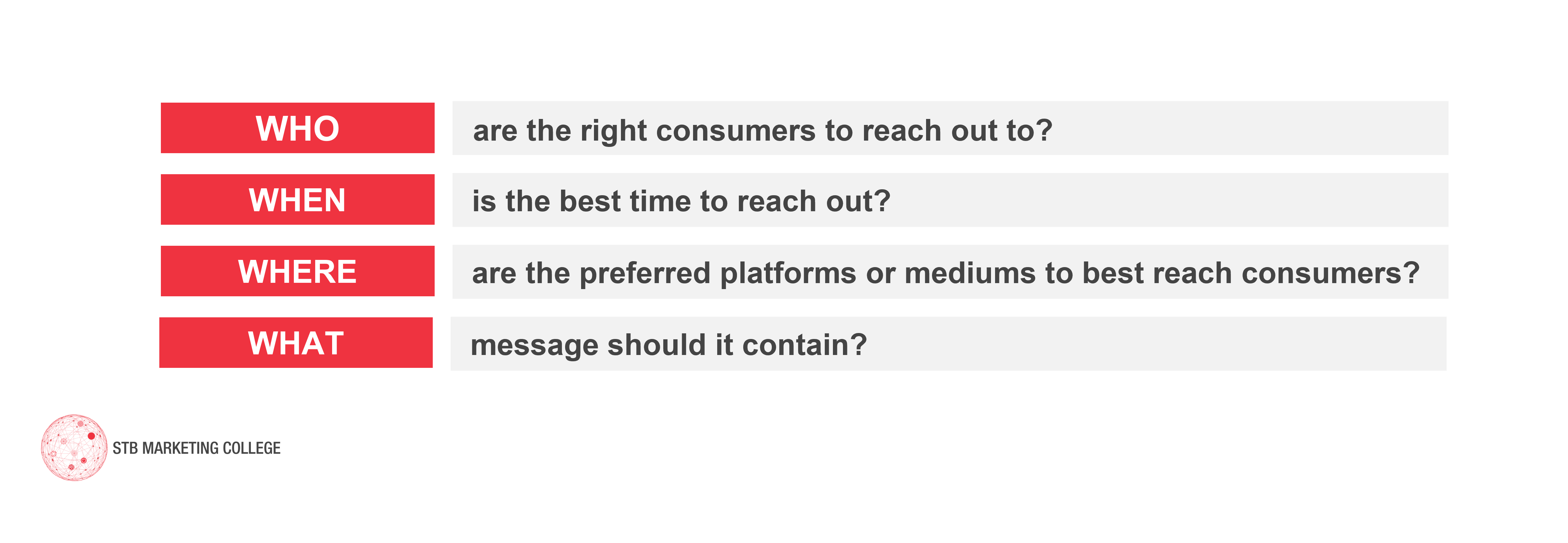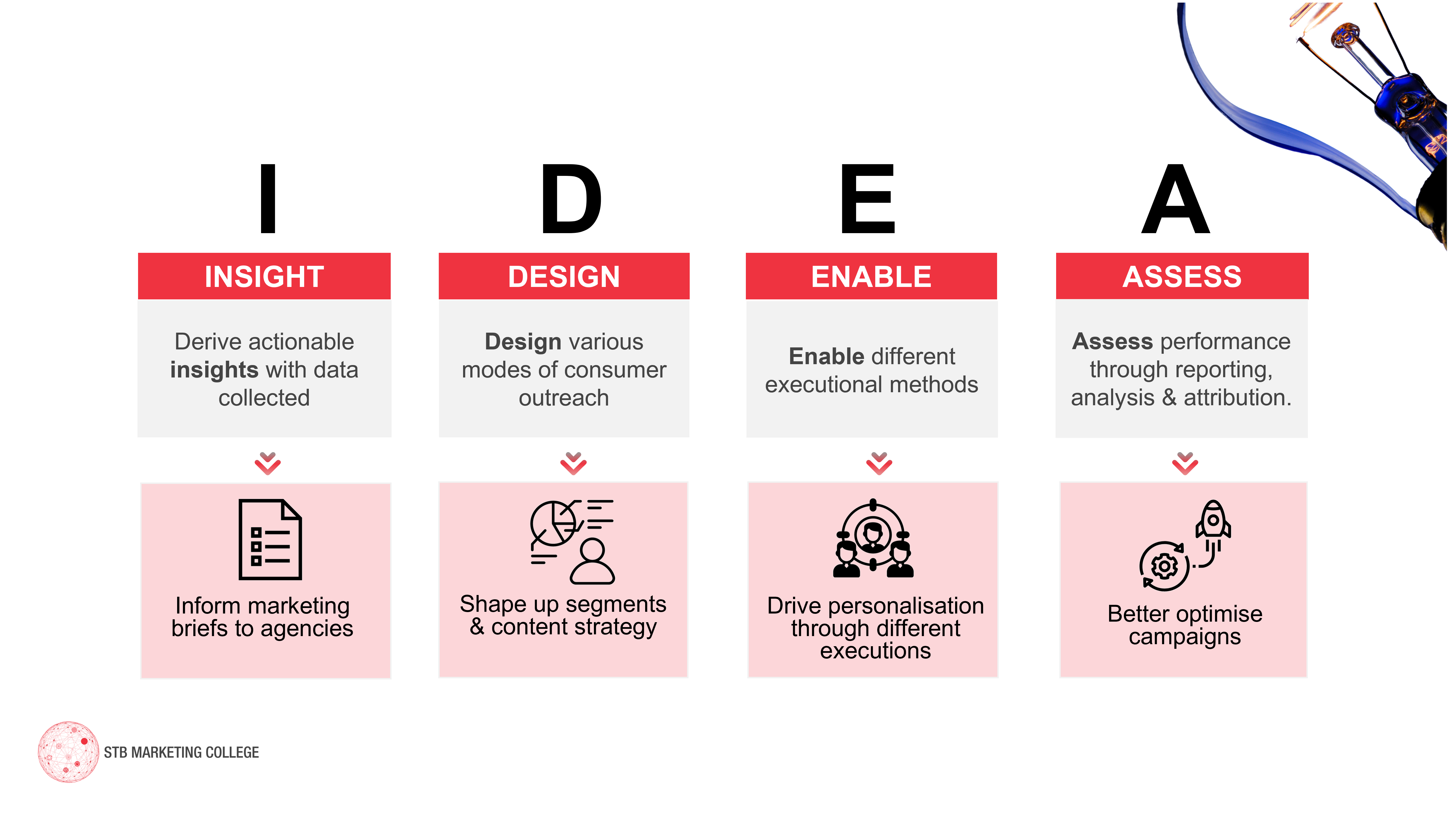
Dan Zarrella, an award-winning social media scientist and author, remarked, "Marketing without data is like driving with your eyes closed,".
How often and how well do we use data for our decision-making toward success? A systematic and disciplined use of data could drive our desired business outcomes!
What is data-driven marketing?
Data-driven marketing refers to the use of data to gain insights into consumers’ underlying needs. Organisations can then use the data to personalise their consumer experiences, driving better marketing performance. This minimises guesswork and sets a strong foundation for sound decision-making with data.
Data-driven marketing is not reserved for big corporations with large data sets. Successful data-driven marketing can be achieved by any organisation that intentionally analyse data for business decisions.
To help your brand tailor experiences to varying consumer needs and wants. Answering some of the following questions can help you meet them at the right moment in their consumer journey.

For example, if your business has a CRM (Customer Relations Management) system, you can use its data to better understand purchase behaviour. From the purchase patterns observed, you can project potential target segments to pursue. While there is some degree of trial and error, you are essentially using data to increase the rate of success with each trial. Depending on how the data collection is designed, each trial would be an opportunity to collect more data to assist in your decision-making.
Another way to use data is to glean learnings from marketing campaign reports, such as to understand the engagement levels on different platforms and redirect marketing dollars to better performing platform(s) or asset(s). This will increase returns on investment and reduce wastage.
These can also lead to business benefits, such as:
- Expansion of consumer base
- Increased consumer satisfaction with your brand
- Greater brand loyalty from your consumers
- Better efficiency in use of resources
- Reduction in unnecessary costs (e.g., media buys, ineffective marketing messaging, etc.)
Watch this 1-hour webinar to understand how changing consumer demands (e.g., digital adoption, being more concerned about privacy, etc.) can be met with data-driven marketing. Adobe's experts will share digital-first consumers' expectation for hyper-personalised communications and how business can implement the right data-driven marketing practice at scale.
How to get started on a data-driven approach?
Your business might have multiple data sets to use. You can kick start your data-driven approach with this I.D.E.A. framework.

- I: What actionable insights can you derive about your consumers? (e.g., understanding your consumers' challenges, motivators or triggers; identify insights that your business / marketing strategy can influence)
- D: Design your consumer experiences and content strategy based on consumer understanding and insights. (e.g., selecting appropriate platforms and crafting content strategy as a response to the insight derived earlier)
- E: Enable personalised marketing executions for a better consumer experience. (e.g., producing relevant creatives or tactical promotions to effectively engage with consumers)
- A: Assess business results and returns on investment with data. (e.g., evaluating how the respective platforms are performing on consumers' engagement rate and redirect resources if necessary)
Different data sets will be required for each stage, and they may be owned by different departments within an organisation. Organisations should eventually move towards strong capabilities and systems to handle data and cultivate a culture of sharing data for a unified view of consumer and profitability.
Finally, be sure to evaluate your data quality (e.g., freshness and relevance to your business issue) and have the right governance around using consumer data; the last thing you want is backlash from consumers for using their data without consent. Ensure that you seek consent and comply to prevailing guidelines, such as PDPA (Personal Data Protection Act) and GDPR (General Data Protection Regulation).


